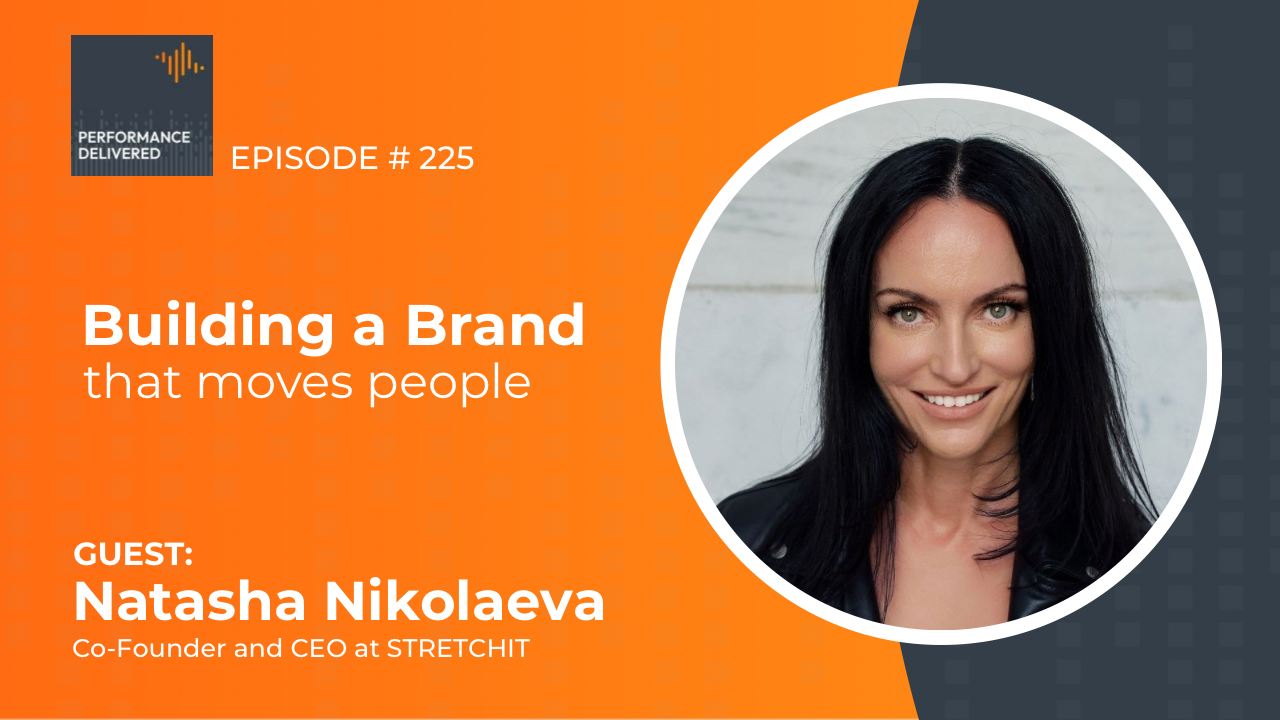Ad blockers prevent online advertisements from loading on computers and mobile devices, preventing distractions on web pages and improving page load times. While they might benefit internet users, ad-blocking tools can spell disaster for digital marketers and the brands they work for because ads won't show to potential customers. That's why it's critical to learn how ad blockers work rather than ignore them. This article tells you all about ad-blocking applications, what they do, their pros and cons, and more.
What is an Ad Blocker?
An ad blocker is an application, such as a browser extension, that removes advertisements on web pages. Internet users install them for various reasons, such as:
- Avoiding intrusive ads
- Preventing irrelevant ads from loading
- Stopping tracking scripts that collect consumer data from loading
- Blocking ad tracking codes from monitoring online activity
- Increasing page loading times (ads can slow down web pages)
- Controlling online experiences
Some popular ad-blocking tools include AdBlock, AdBlock Plus, AdGuard, Ghostery, and Privacy Badger. Many of these tools are free, while others require a monthly subscription.
How Do Ad Blockers Work?
As a web page loads, an ad blocker examines that page's script and hides all advertising content on it. The person using the ad blocker won't see any of that content unless they manually pause the tool or add the page to an "allow list."Users of ad blockers can customize how these tools work. For example, they can set up filter lists, which will determine which types of ads an ad blocker will conceal. Users might only want to block video ads from loading, which can consume lots of data. Ad-blocking tools will then use pattern matching to evaluate users' requests and ensure only "allowed" ads load on a web page.
Ad Blocker Pros and Cons
Ad blockers benefit consumers who don't want to see intrusive or irrelevant advertising material. These tools also reduce the amount of content that loads on a page, saving mobile data and improving battery life on a device.However, ad blockers can prevent content from displaying correctly on a web page because they can interfere with some sites. Plus, ad-blocking tools harm marketers who want to advertise products and services to potential customers. Consumers won't see your ads if they use this technology, making it difficult for your marketing teams to move prospects through their pipelines.
Why People Use Ad Blockers
Consumers use ad-blocking tools to improve online experiences, remove excessive ads, and increase privacy.
Enhance the user experience
Because ads can increase page-loading times, removing them allows consumers to access content quickly. Ad blockers might only increase loading times by a couple of seconds; however, that might enhance the online experience for some people.
Remove excessive ads
A consumer might not want to get rid of all advertisements on a page but just reduce the number of ads they see. Ad blockers remove excessive ads on a website, so people have fewer distractions when browsing the internet.
Increase privacy
Ads often contain tracking codes that collect consumer data, so ad blockers can improve privacy. People using these tools can visit web pages without worrying about companies sharing their personal information.
What Should Digital Marketers Do About Ad Blockers?
Enriching your ads can prevent potential customers from using ad-blockers on the pages where those ads appear. Here are some quick tips for making your ads more effective:
Provide value to internet users
Your ads shouldn't be spammy or contain irrelevant information but provide ongoing value to consumers. The best online ads identify peoples' pain points and solve these problems. Identify your target audience and create relevant advertising materials that resonate with them. Think about ad impact!
Align your ad campaigns with user preferences
By researching your target audience, you can learn their preferences for online advertising. For example, potential customers might prefer banner ads to video ads because the latter are too distracting. Align your ad campaigns with these preferences for more successful digital marketing results. You should also check ad blocker usage statistics for your specific audience to learn how and why your prospects use this technology.
Use non-intrusive ads
Intrusive ads like pop-up ads or ads with sound can ruin the online experience for consumers. Instead, invest in non-intrusive ads that blend into web pages and don't distract internet users. For example, a simple banner ad will advertise your offerings without annoying potential customers.
Your Next Steps as a Digital Marketer
Ad blockers are applications that prevent advertisements from loading on web pages. They examine a website's script and hide ads from appearing, meaning consumers won't find out about your products and services.Now you know the answer to the question, "How do ad blockers work"? it's time to seek guidance from a digital marketing expert. Symphonic Digital can help you choose the ad types that provide value to your target audience, helping you increase engagement and build your brand. Contact us to learn more.







.png)






